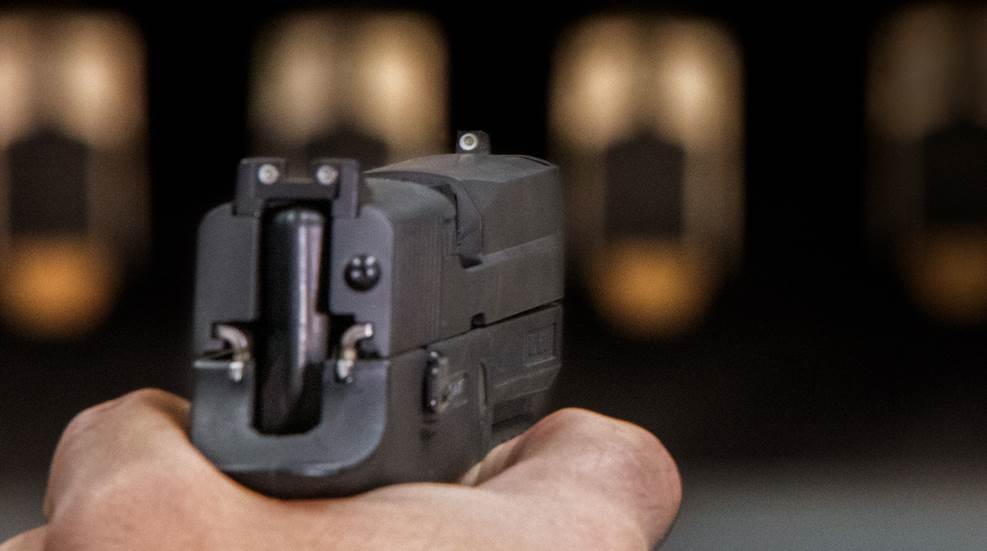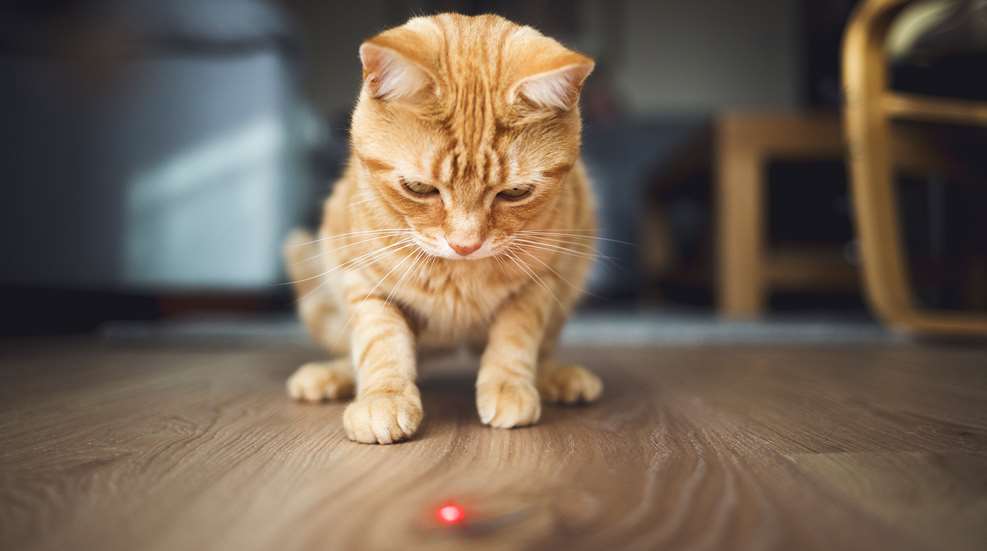
The distances for a defensive pistol shooting encounter can range anywhere from point blank to over fifty yards. In an exemplary defensive shooting which occurred on Sunday July 17, 2022 at approximately 6:00 pm, 22-year-old Elisjsha Dicken, who was shopping with his girlfriend at the Greenwood Park Mall in Indiana, neutralized an active shooter with the firearm he was legally carrying. Within two minutes after the active shooter began to open fire on innocent bystanders, Dicken fired 10 rounds at the killer from a range of about forty yards and stopped the threat.
In another defensive pistol shooting on December 29, 2019, at the West Freeway Church of Christ located in White Settlement, TX two people in the congregation were killed by a gunman before he was fatally shot by 71-year-old Jack Wilson, a volunteer security team member from a distance of about fifteen yards.
Both real-world examples of these lifesaving defensive shootings are proof positive that training for distance matters.
Training For The Long Distance Pistol Shot
At a shooting match (competition), shooters are similarly tasked with varying distance targets ranging from as close as three yards to past the 25 yard line. A competition shooter’s depth of shooting, much like that of a defensive shooter, must include accountability for both speed and accuracy at longer distances.
Former U.S. Army special operations Delta Force team leader, Master Sergeant Paul Howe, who was involved in the special operations rescue at the Battle of Mogadishu (1993) which led to the book "Black Hawk Down: A Story of Modern War" and the Black Hawk Down film, is an industry-wide respected firearms instructor and counterterrorism expert who trains people in high-risk operations via his company CSAT (Combat Shooting and Tactics). One of his most widely circulated training quotes is “Distance favors the trained.”
Some defensive shooters, based on statistics that demonstrate a majority gunfights occur at less than seven yards, train for only close up threat engagements. Distance training is more often considered as a secondary or ancillary skillset for them.
Competitive shooters have no such statistics by which to base their training other than the ongoing demand of running varied stages and the fact that their competitors are equally as fast and equally as accurate. A competitive shooter must hone their skills to round out their depth of shooting – which includes distance shooting – in preparation for competition against other equally qualified competitors.
The two most common gripes that you may hear from shooters who refrain from distance shooting are “When would I ever need it?” and “My training range doesn’t go out that far!”
In both the documented defensive shooting incidents described above, the lifesaving shooters probably didn’t think they would be involved in a shooting that day and most certainly didn’t expect that the demand would be placed on them to make successful longer distance hits to save their own lives and that of others.
Work Around Your Limitations
Should it be the case that your home range may be distance limited, you can readily compensate for a distance target by increasing target difficulty. This can be accomplished by reducing your target size, increasing the penalty for a miss, training with urgency (timed), adding movement and the like. Increasing target difficulty can help you develop your distance shooting skills where you may be otherwise denied the opportunity for setting longer distance targets.
In combat- or defensive-shooting practical application, you have additional considerations such as weapon retention which opens an entirely different can of worms with reference to firearm carry, access, deployment, holster retention level and your skill in maintaining control of the gun to avoid it being taken away from you (being disarmed). None of which applies to the competitive-shooting community as nobody ever tries to rip your gun out of your hand and try to kill you with it during a match. Appropriate combative tactics will help you retain control of your firearm when engaged with an active threat under duress and fighting at extreme close quarters.
In competitions, however, you would most likely be disqualified if you incur a negligent discharge, break the 180 plane or are otherwise violate safety or range rules.
Training from combative-weapon retention range (bad breath distance) and all the way out to at least 50 yards (which is recommended for a handgun in self-defense) will provide the defensive shooter with the depth and breadth of shooting skills adequate for most lifesaving encounters.
Training up close does nothing to develop your training at distance – it does not translate. However, it does the other way around – training at distance does translate to accuracy up close but cannot be devoid of the speed element.
Long range versus close up shooting: which is most beneficial for practical application? Few defensive shots are greater than 25 yards, but historically there have been situations where a trained defensive shooter solved a greater than 40-yard problem with a handgun. In competition, you are placed under the demands of the most complex stage or target array which could include a precise longer distance shot. Distance favors the trained.





































